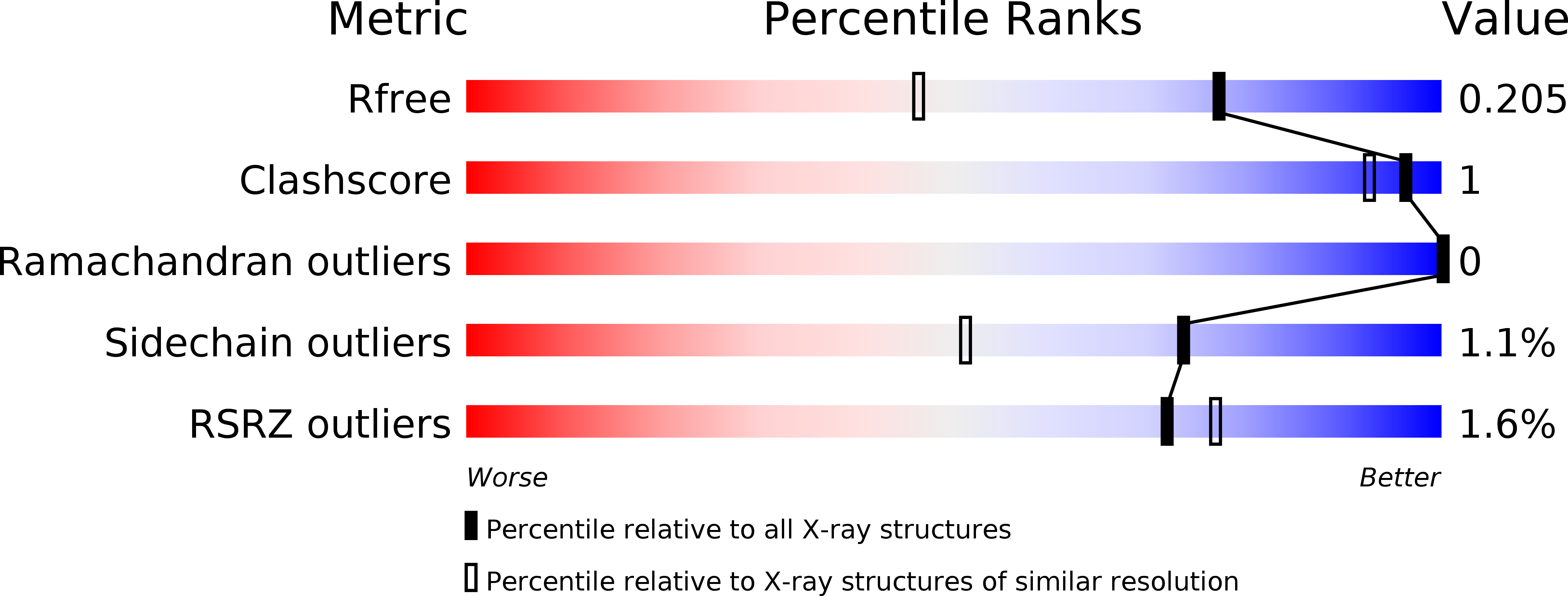
Deposition Date
2014-03-14
Release Date
2014-04-16
Last Version Date
2024-05-08
Entry Detail
PDB ID:
4CTK
Keywords:
Title:
DENGUE 3 NS5 METHYLTRANSFERASE BOUND TO S-ADENOSYL METHIONINE AND FRAGMENT 2A4
Biological Source:
Source Organism:
DENGUE VIRUS 3 (Taxon ID: 11069)
Host Organism:
Method Details:
Experimental Method:
Resolution:
1.53 Å
R-Value Free:
0.20
R-Value Work:
0.17
R-Value Observed:
0.17
Space Group:
P 21 21 2


